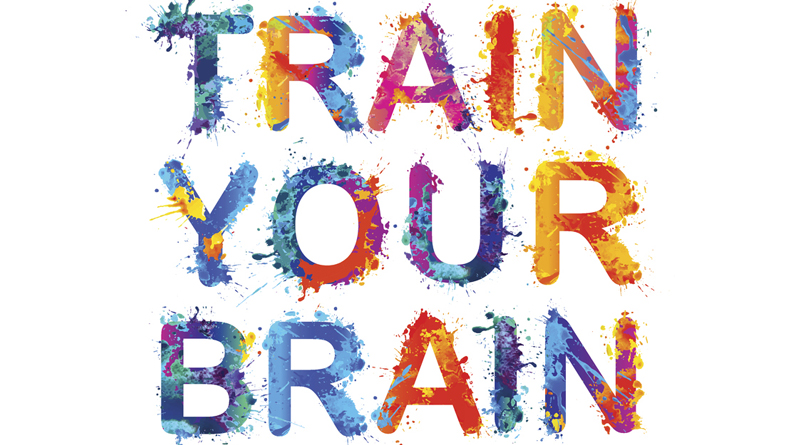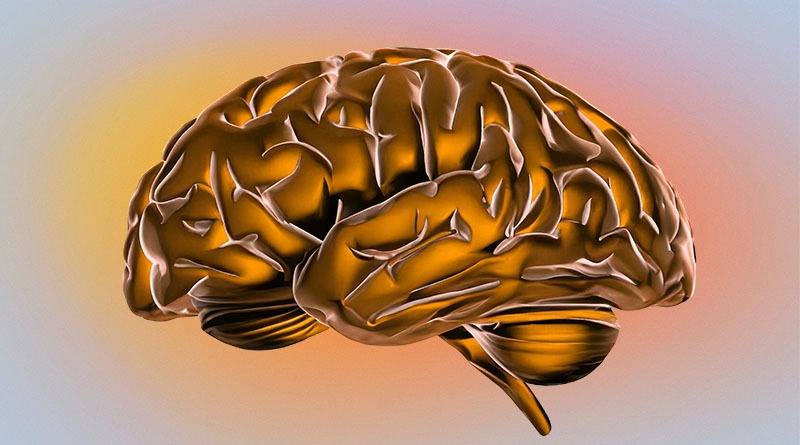
Brain Training for Neurological Imbalances Through Neurofeedback
By Dr. Jacqueline Davis
The term ‘Brain training’ is becoming very popular today as more and more studies are published with success stories of overcoming brain imbalances, or neurological disorders, such as ADHD, Autism, and Anxiety, by rewiring or strengthening neural pathways. A neurotherapy that is gaining worldwide acceptance as a way to electrically stimulate neurons to create stronger neural connections is neurofeedback. Neurofeedback uses electrodes and specialized software to reward the brain at desired brainwave frequencies.
Before neurofeedback training takes place, a quantitative EEG (qEEG), which is a mapping of the brain, should be performed and analyzed. The qEEG measures electrical activity in the brain at specific voltages and areas and is used to identify abnormalities in brainwave activity. The electrical activity correlates to mental tasks. In other words, if there is an excess of slow brainwave activity in a specific brain region will operate at suboptimal levels of efficiency.
Although no two brains are alike, scientists have identified patterns in brainwave activity linked to the reasons someone may be suffering from migraines, chronic pain, ADHD, Anxiety, and other brain disorders. Below are some examples of the similarities in brainwave activity associated with some neurological disorders.
Attention Deficit Hyper Disorder is associated with an excess of theta waves and a deficit of beta waves causing inattention to occur. The beta waves are correlated to the highly focused states of mind, while theta waves are linked to a daydreaming state of mind. Typically, the deviant brainwave activity takes place in the frontal lobes.
Autism has been correlated to a dysfunctional sensory motor strip or mirror neuron system. What typically occurs is a decrease of alpha power over the sensory motor strip making it difficult to observe the actions of others and social cues. In other words, a social disconnect. It may be that people suffering from autism spectrum disorder often fail to have enough beta wave activity and too much theta wave activity in the sensory-motor strip to utilize the mirror neuron system.
Mu Suppression and Mirror Neuron System
Anxiety has been associated with increased beta activity and decreased alpha activity in occipital brain regions. There is also a correlation to an increase in alpha activity in right fronto−lateral brain regions.
An Increase in Alpha Waves Reduce Depression & Anxiety
Depression occurs when the left frontal lobe area has an excess of slow, alpha brainwave activity. Our positive and motivational thoughts are managed by our left frontal lobe, while our thoughts of fear, depression, and withdrawal head over to the right frontal lobe. Due to the excess of slow moving alpha waves the right lobe becomes the dominant way of thinking.
Neurofeedback and Mental Disorders
Neurofeedback can improve the quality of life by supporting brain balance while improving memory, attention, and learning for those suffering from neurological disorders. Studies continue to accumulate on neurofeedback protocols and success stories. If you or someone you know is struggling with a neurological disorder, brain training with neurofeedback may be life changing!
This Content is not intended to be a endorsement of or substitute for professional medical advice, diagnosis, or treatment. Always seek the advice of your physician or other qualified health provider with any questions you may have regarding a medical condition.
Jacqueline Davis, Ed.D. is the founding president of BrainPlast, Inc and is a leader in learning disabilities with over twenty-five years of experience. Presently, Dr. Davis is a practicing NeuroEducator and brain trainer in Plantation, FL where she has focused on neurological disabilities including Dyslexia, ADHD, Anxiety, depression, and Autism for children and adults.




